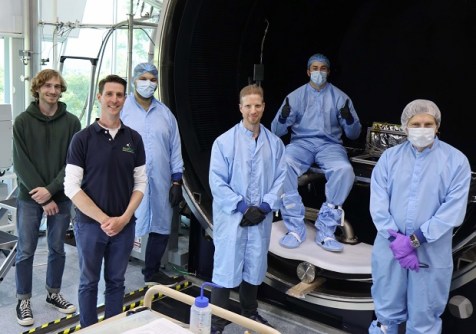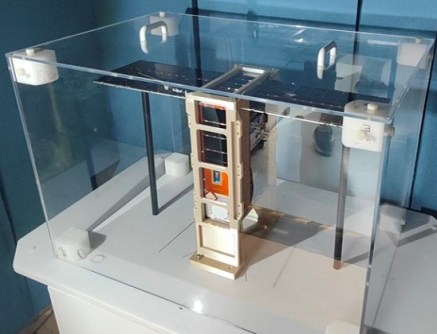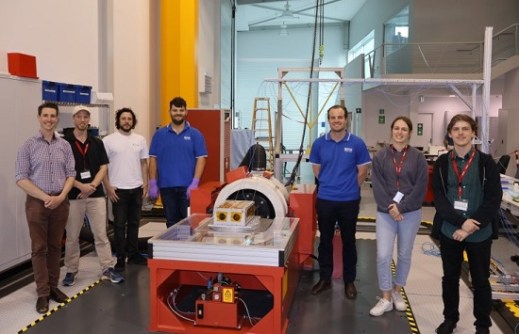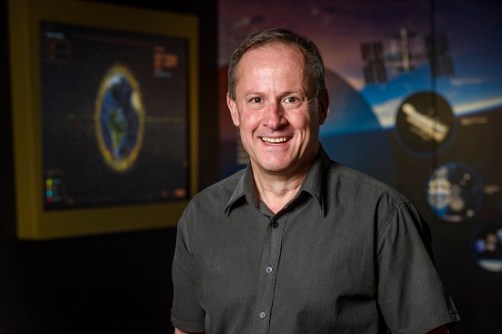
South Australia’s Kanyini satellite is one step closer to a mid-2024 launch following the completion of two weeks of Environmental Stress Screening (ESS).
The testing involved exposing the satellite to extreme temperature variations and vibrations, and the kind of vacuum conditions it will experience in orbit. The spacecraft successfully passed all the test.
The tests were performed at the National Space Test Facility (NSTF) at the Australian National University in Canberra.
Also known as the SA Space Services Mission, Kanyini, a 6U CubeSat, will be launched onboard SpaceX’s Transporter-11 mission from Vandenberg Space Force Base in California, USA.
The satellite project is a collaboration between South Australia’s government, the SmartSat Cooperative Research Centre as mission lead, Adelaide-based commercial satellite manufacturer Inovor Technologies and IoT specialist Myriota. Kanyini was fully constructed at Adelaide’s Lot Fourteen high-tech precinct.
A full System Integration Review has also been successfully conducted, and the project team s in the final stages of preparing the satellite for launch.

“The stellar results from the ESS not only validate the meticulous testing processes we’ve implemented but also exemplify the steady commitment of our team in producing world class technology,” said Inovor founder and CEO, Matt Tetlow.
“Our satellite bus technology is robust, resilient and ready to pioneer the next frontier of space-based applications. Our team has worked very hard over the past few years and is excited about the impact our technology will make in advancing Earth observation capabilities.”

Kanyini will carry IoT and Earth imaging payloads, the latter of which is called HyperScout 2, supplied by Dutch engineering company cosine.
HyperScout 2 is a three-in-one instrument that combines hyperspectral and thermal imaging with high-level data processing and AI capabilities. It will provide hyperspectral imaging in the visible and near infrared to analyse the composition of the Earth, along with three thermal infrared bands to retrieve temperature distribution.
“We needed a compact imaging payload that gave us a nuanced Earth view,” said Peter Nikoloff, Kanyini Mission Director at SmartSat. “The spectral range of HyperScout 2 enables an extremely detailed analysis of land cover, supporting research into crop health, forests, inland water and coasts.”
“The thermal infrared imager will provide vital information on heat generators in South Australia. In parallel with the development phase, SmartSat is formulating a research program with our partners to make optimal use of the systems once in orbit.”

According to the South Australia Government, Kanyini’s dual IoT and imager payloads will deliver critical space data to be used by government and research institutions to expand their knowledge, particularly in relation to sustainability and climate impacts.
“The Kanyini build is a remarkable example of South Australian space industry collaboration and expertise driving major advances in local capability,” said Susan Close, Deputy Premier and Minister for Defence and Space Industries.
“The successful completion of this critical milestone brings us one step closer to realising our mission of seeing home grown South Australian space technologies launched into low Earth orbit.
“We are excited about the possibilities that Kanyini holds both in terms of building space heritage for South Australian space companies and the information it will provide to benefit our communities and services here in South Australia.”











